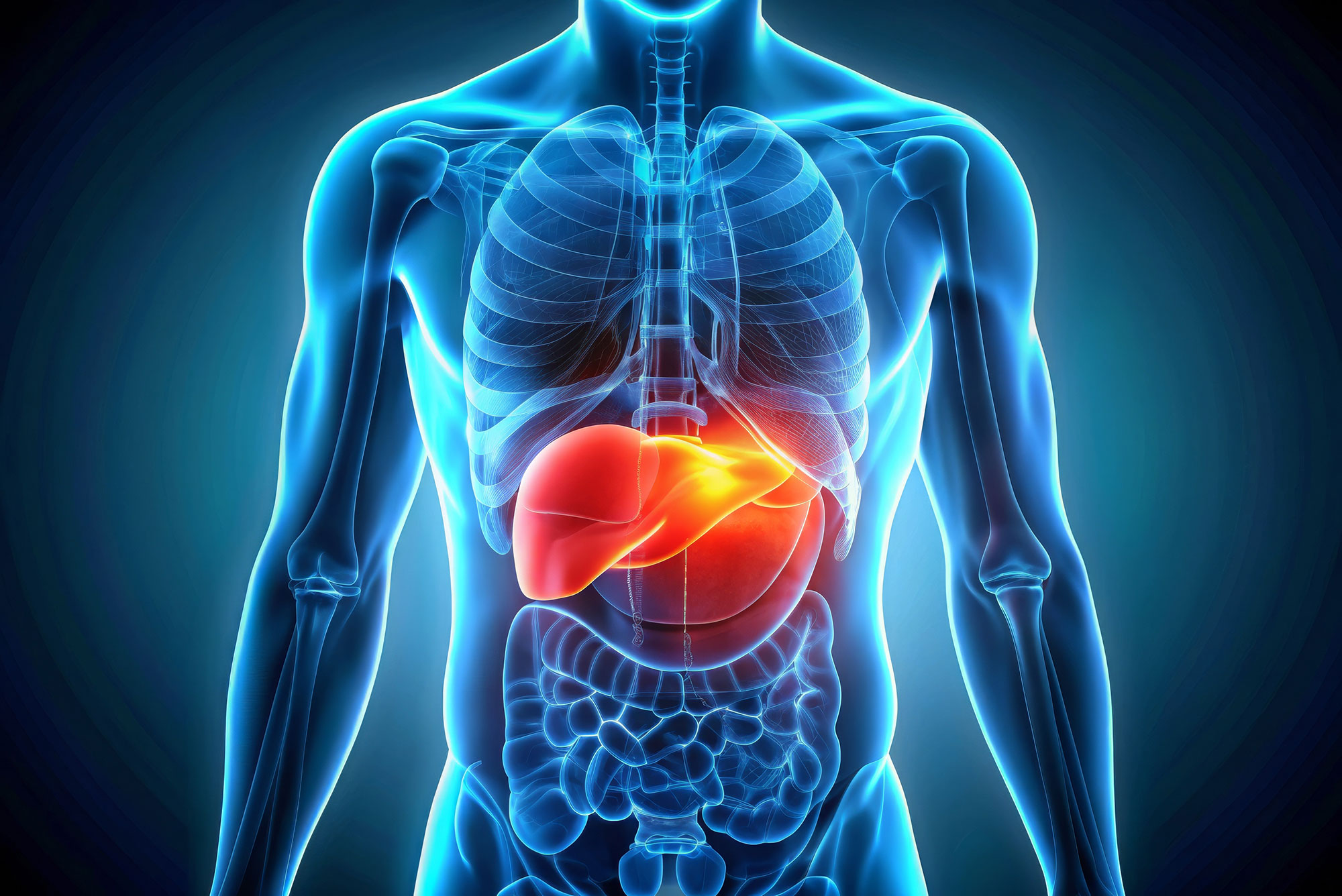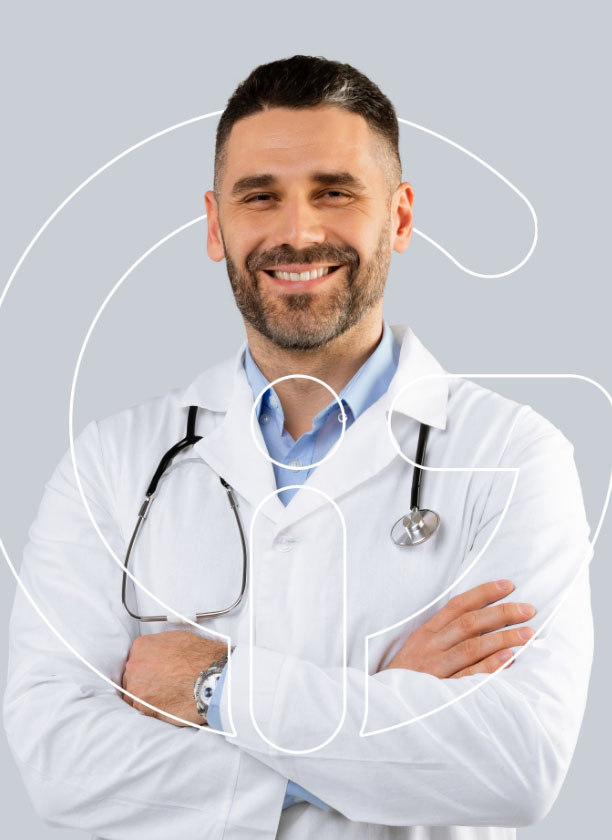What is an esophagogastroduodenoscopy?
An esophagogastroduodenoscopy (EGD) is an endoscopic procedure where a long, thin, flexible tube or “scope” is placed into the mouth and advanced to the duodenum (the beginning of the small intestine). The scope has a light and a camera on the end of it, which allows the physician to examine the lining of the esophagus, stomach, and first portion of the small intestine.
An EGD may be performed to diagnose the cause of gastrointestinal symptoms, such as abdominal pain, heartburn/reflux, difficulty swallowing, bleeding, or abnormal x-ray results. An EGD may also be performed on a patient with chronic heartburn symptoms to screen for changes that are associated with esophageal cancer. If you require an EGD, please schedule a visit with a gastrointestinal specialist at your local GI Alliance office.

What are the benefits of an EGD?
An esophagogastroduodenoscopy procedure can be beneficial for a number of reasons. The exam can permit your gastroenterologist to directly visualize the inner lining of the esophagus, stomach, and duodenum (which is the first portion of the small intestine). Other benefits of an esophagogastroduodenoscopy include:
- Enables the removal of polyps, tissue biopsies, and other small procedures
- May help determine the causes of symptoms, such as heartburn, nausea, vomiting, and pain
- Aids in detecting several gastrointestinal conditions (including GI infections, celiac disease, Crohn’s disease, GERD, and others)
- Typically provides an efficient, quick, and safe process
What should I expect the day before my EGD?
You will receive instructions from your doctor regarding the necessary preparation for an EGD. Most patients will be allowed to eat normally the day before the exam. You may be instructed not to take anything by mouth after midnight except for medications. It is very important to follow the instructions given to you by your doctor. There will also be additional instructions regarding your medications. In most cases, your medications will be continued as usual. However, in certain circumstances, especially in the case of patients on blood thinners (i.e., Coumadin®, warfarin, Plavix®, aspirin, anti-inflammatories) and in the case of diabetics, special instructions will be given.
What happens on the day of my EGD?
You will be asked to arrive at the endoscopy center 1 – 1.5 hours before your exam. This is to allow time to fill out paperwork and prepare for the exam. You will be asked to change into a medical gown. An intravenous (IV) catheter will be started in your arm so that sedation can be administered. You will be connected to equipment that will allow the doctor and staff to monitor your heart rate, blood pressure, pulse, electrocardiogram, breathing, and oxygen level during and after the exam.
Once in the exam room, you will be asked to lie on your left side on the stretcher. Intravenous (IV) sedation will be started. Once an adequate level of sedation is achieved, the endoscope will be gently inserted into the mouth. The scope will be carefully advanced through the esophagus, stomach, and first portion of the small intestine or duodenum. A small amount of air will be injected through the scope into the GI tract to help the physician see. Any fluid remaining in the upper GI tract will be suctioned out through the scope. Depending on the findings of the exam, several things can be done at the time of the procedure, including biopsies, removal of polyps, and control of bleeding. At the end of the procedure, as much of the air and remaining fluid as possible will be suctioned out through the scope. Depending on the findings, the exam takes approximately 10 – 20 minutes. After the exam is complete, you will be taken to the recovery room to be monitored while the sedation starts to wear off.
When will I get my results?
After the exam, your doctor and/or nurse will go over the findings of the procedure with you. Most patients will not remember what they are told after the exam because of the effects of the sedation. It is recommended, if possible, to bring someone with you to whom the results can also be discussed. You will also go home with a typed report. In most cases, you will be informed of any biopsy results within one week.
Are there any risks with an EGD?
In general, an EGD is a very safe procedure. Overall, complications occur in fewer than 1% of patients. Most complications are not life-threatening; however, if a complication occurs, it may require hospitalization and surgery. Prior to the exam, a consent form will be reviewed with you by the nursing staff. Should any questions or concerns arise, these can be discussed with your physician prior to beginning the procedure.
Like any other test, an esophagogastroduodenoscopy is not perfect. There is a small, accepted risk that abnormalities, including cancers, can be missed at the time of the exam. It is important to continue to follow up with your doctors as instructed and inform them of any new or persistent symptoms.
What are alternatives to an EGD?
To an extent, the alternatives to the exam will depend on the reason for needing to undergo an EGD in the first place. In most cases, an EGD is the best method to evaluate and treat abnormalities in the upper GI tract. However, an x-ray called an upper GI/barium swallow can evaluate the upper GI tract as well. This is, however, only a diagnostic exam. Treatment of abnormalities may require an EGD or surgery.

Diagnostic EGD to treat symptoms
EGD FAQs
Are an EGD and an upper endoscopy the same thing?
An EGD (esophagogastroduodenoscopy) might be referred to by a variety of names. In some instances, it may be called an “upper endoscopy” or a “gastroscopy.” While these terms may vary, they are generally the same procedure as an EGD.
What are considered "normal" results for an EGD?
Normal results for an EGD generally indicate that your physician did not find areas of concern in the upper GI tract. However, normal EGD results might be indicated by a normal color and smooth texture in the esophageal, stomach, and duodenal areas. Furthermore, there should not be any indications of inflammation, growths, or bleeding in these areas. It’s important to keep in mind that a “normal” result does not always rule out all medical conditions. Some concerns might not be detectable with an EGD or may be located in another portion of the gastrointestinal tract, outside the reach of the endoscope used to conduct the process.
For what reasons would an EGD be recommended?
Your GI Alliance provider may order an EGD exam if you have liver cirrhosis or Crohn’s disease to help keep track of such conditions. In addition, an esophagogastroduodenoscopy might be recommended if you are experiencing:
- Unintentional weight loss
- Heartburn
- Difficulty swallowing
- Black or tarry stool
- Frequent nausea
- Vomiting of blood
- Pain in the upper abdomen
What might I need bring to my EGD visit?
When you arrive for your esophagogastroduodenoscopy exam, you might need to complete some patient forms. Therefore, you should carry your insurance card and identification with you to your appointment. It also can be beneficial to carry a list of any medications you might take, the dosages, and the reason for taking them. We recommend that you keep any valuables, such as jewelry, at home.
